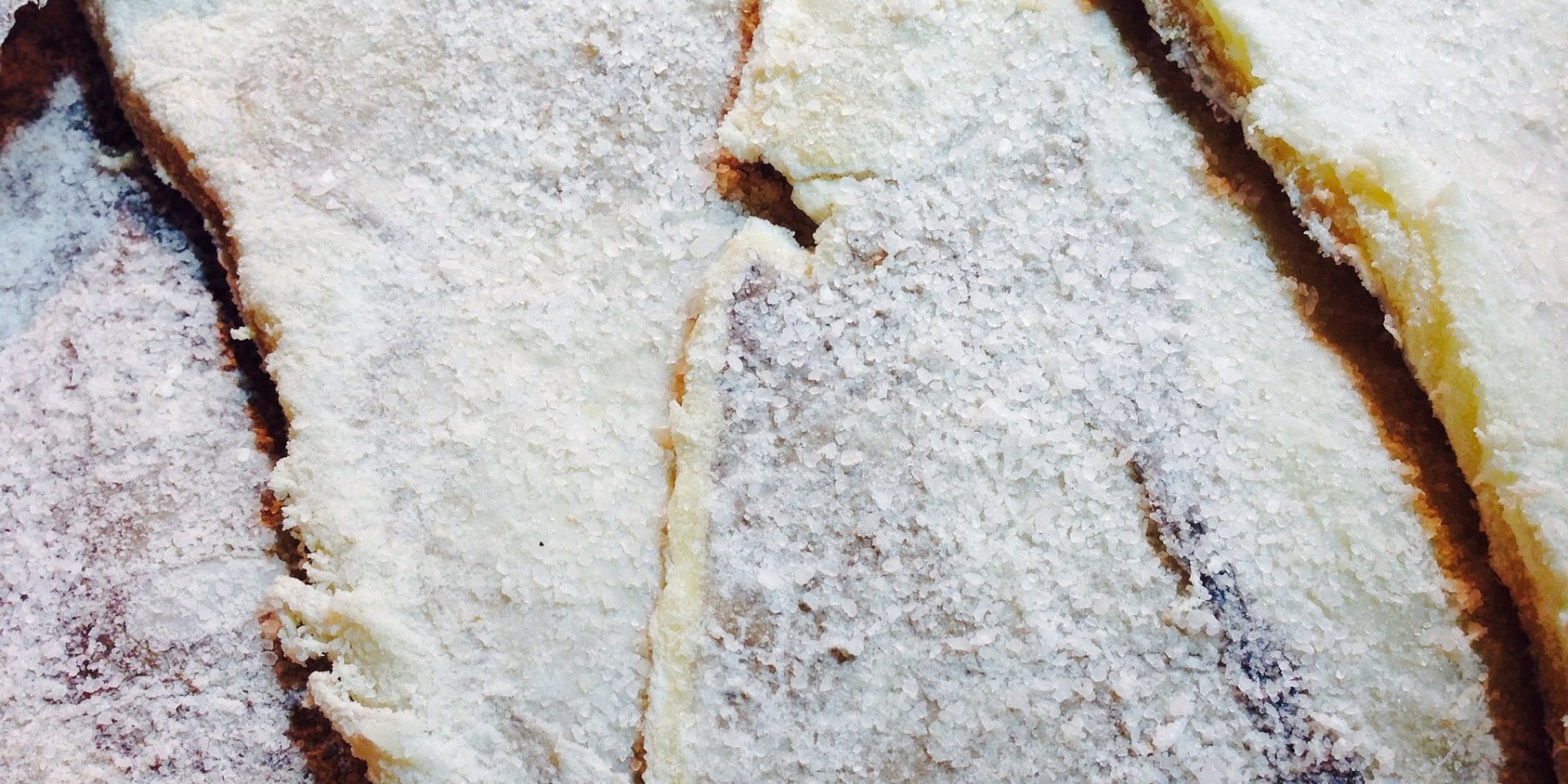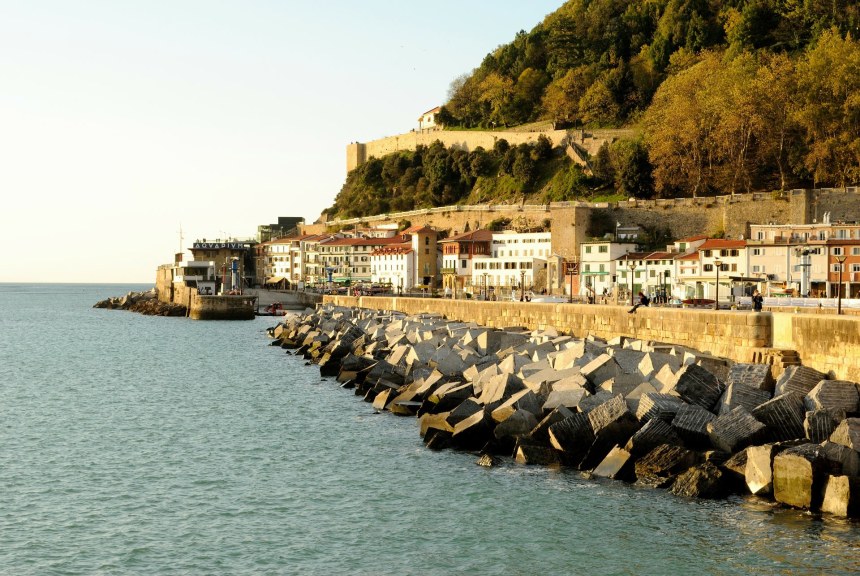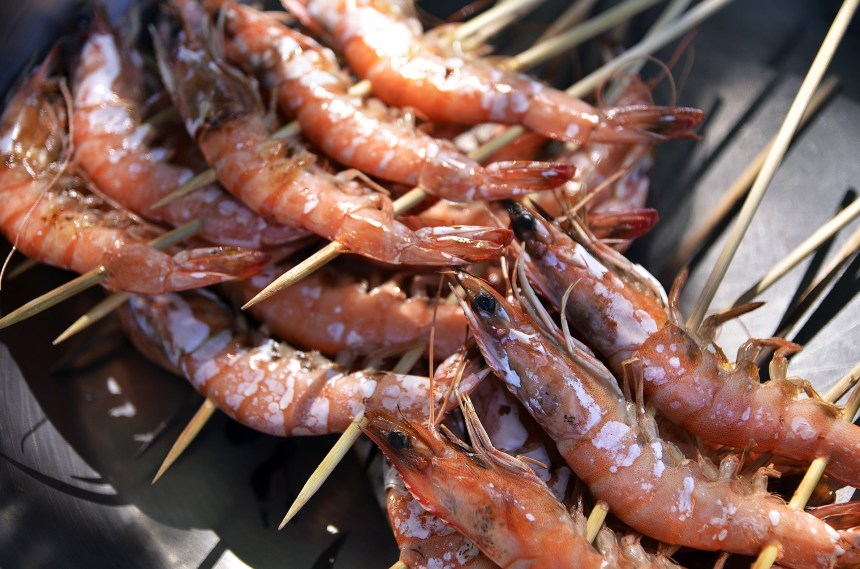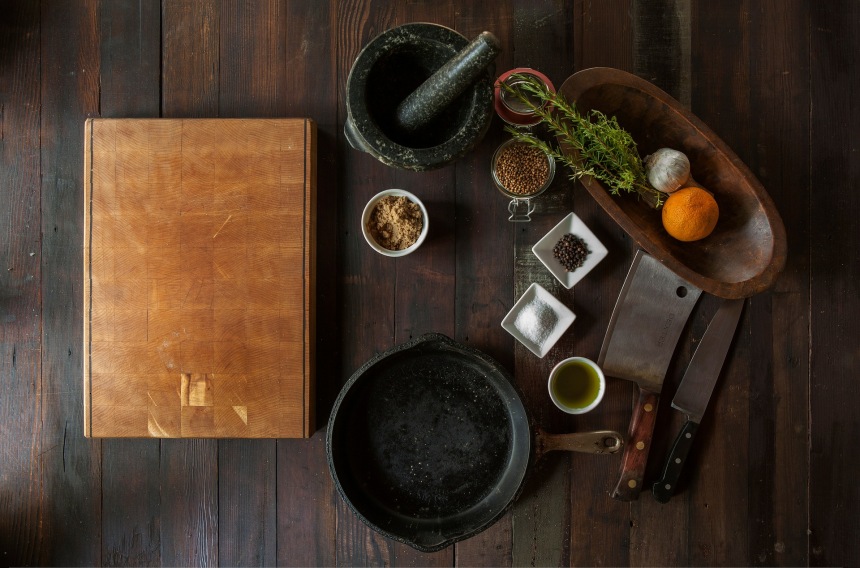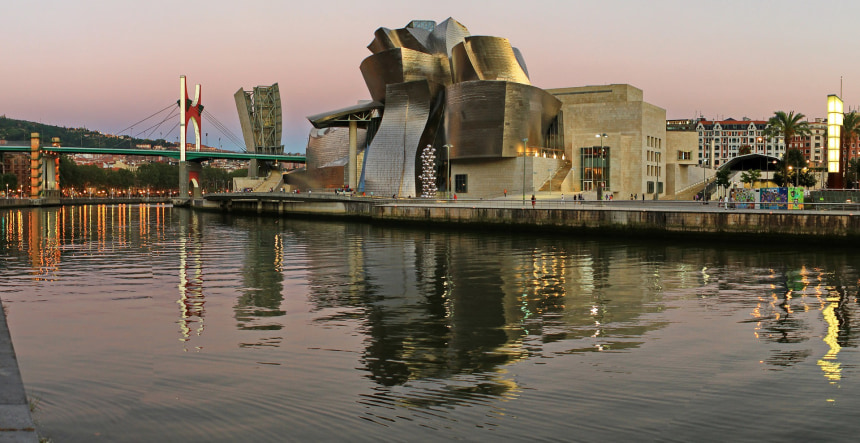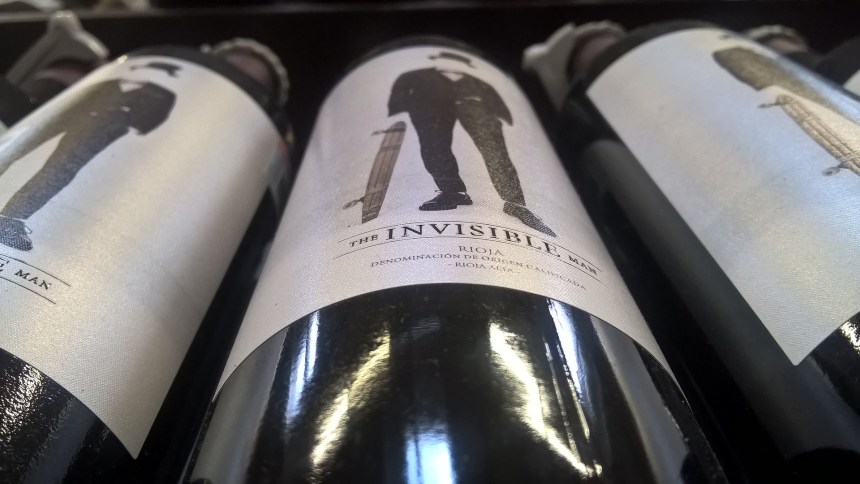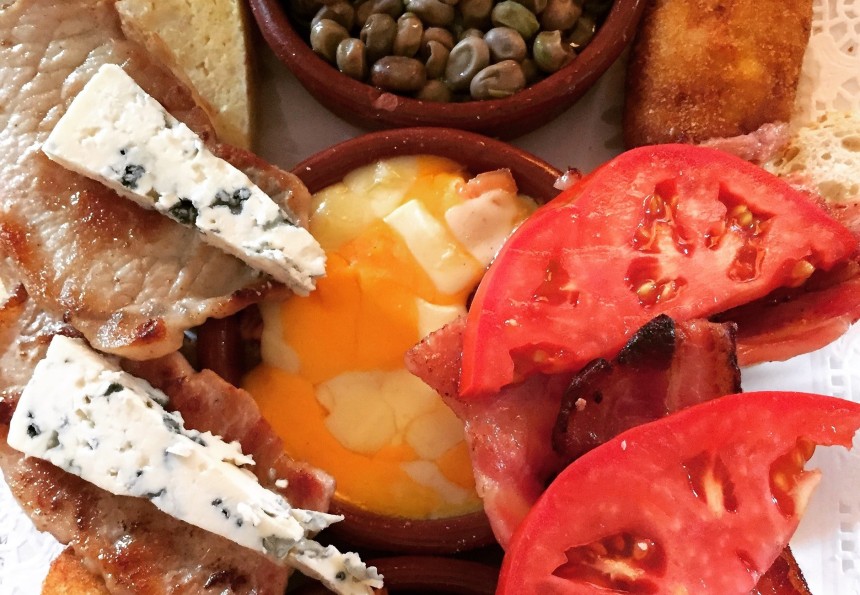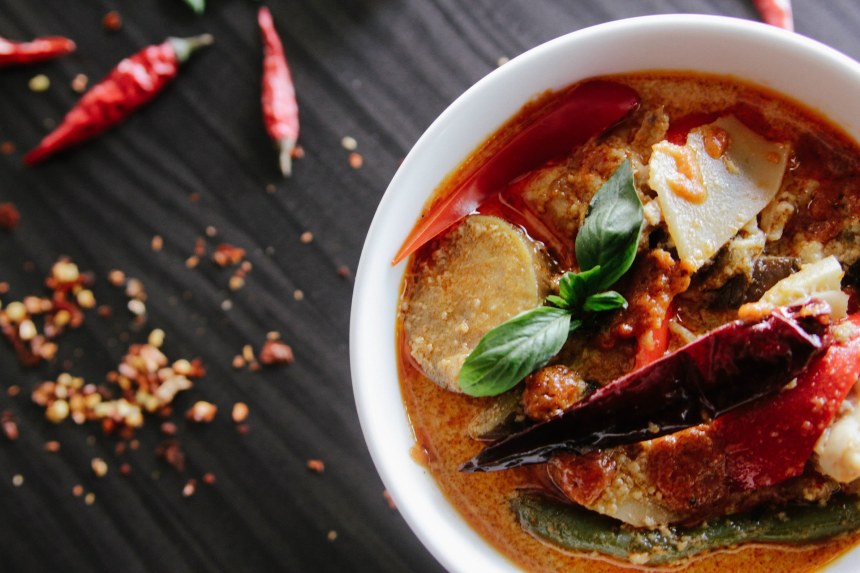| 9 mins read
Erin Skahan
If you’re searching for a world-renowned food paradise, look no further than Basque Country. This autonomous region sits within the borders of Northern Spain, kissing France towards the east and stretching along the Atlantic coastline. Covering fewer than 3,000 square miles, Basque Country has made a monumental footprint in the world of culinary arts and boasts over 40 Michelin starred restaurants.
The undisputed hub of the region is San Sebastián. The city was awarded the European Capital of Culture in 2016 and offers a wide variety of cultural, musical, and art-related activities. For food-focused travellers, it is the beating heart of the Basque culinary style, representing both modern and traditional foods. Tour guides here are essential to ensure that you’re hitting the best spots and having insider knowledge of when to go is crucial. The popularity of San Sebastián as a food destination is well known. Food tours are excellent value not only because you’ll be shown around by a local, but also for the variety of things you’ll be able to sample.
Regardless of your budget, there is a pintxo bar to suit your needs. Pintxos refers to small plates. Gandarias is a must for dinner or an afternoon snack, with well-deserved fanfare for their artistic presentation style. Expect top-notch plates here, and like most food in the Basque Country, an emphasis on fresh, local, and seasonal. Seafood options are particularly good, featuring options like prawn skewers and perfectly seared scallops. Walk-ins are usually not a problem earlier, but if you’re planning on going all out for dinner, be sure to reserve a table.
Culturally, the region offers something truly unique. The Basque people are believed to be the descendants of the very first human inhabitants of Europe. The language, called Euskara, remarkably has survived and continues to be the mother tongue of the Basque people. It’s a language unlike any other, known to be one of the oldest living languages. It’s another great reason to connect with a local tour guide, as it’s always helpful to learn the basics of a language when you’re in a new place. Knowing how to properly pronounce "eskerrik asko" to thank your server can go a long way in a dining experience.
People living within Basque Country hold food in high regard, and they are reputed to spend more than twice the average of their disposable income on it when compared to the rest of the world. This fosters an environment upon which experimentation and adherence to quality can be nurtured and sustained. The 3 Michelin star restaurant Arzak, rated among the top 10 restaurants in the world, is notable for its experimental gastronomy. Spanning four generations, it sits in an unassuming house with several dining rooms. The food is renowned for texture, famous for its signature crunch. Opt for the tasting menu, and be sure to try the Red Space Egg. Most evenings, you can find the Chef-owner Juan Mari roaming the dining room and chatting to guests while his talented daughter Elena manages the kitchen. It’s a deliciously instagrammable affair.
Heading west and a bit inland, plan to spend a day exploring the Museum of Gastronomy in the town of Llodio. You’ll find a great deal of information about traditional food preparation, see tools and devices that were used in the past, and gain some insight into what makes the food culture so prominent. Plan and book one of the cooking courses offered by the museum.
A unique culinary element of Basque culture is the Gastronomic Societies, called Txoko. Traditionally the territory of men, though women have been invited to join in recent years, these are experimental social cooking groups who gather on a regular basis. The goal is to socialize over food projects, cook, eat and learn together. The Txoko holds an important place within Basque society, often organizing cultural or musical activities for public events. They are a key element of the social fabric of the region, but this experience is only available to outsiders by invitation. Hiring a local tour guide is a good way to increase your chances of attending a society dinner. It’s likely they or someone they know will be able to procure an invitation.
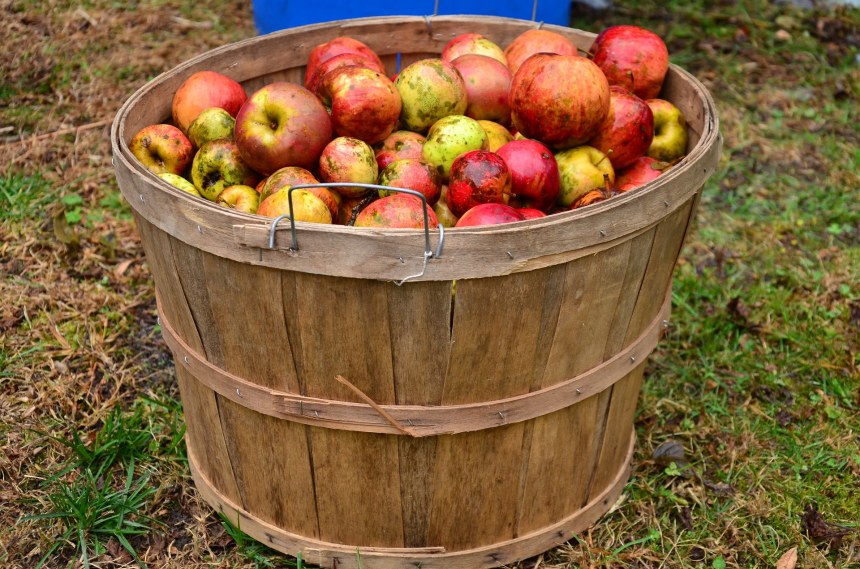
Bilbao is an important stop not only for food but also for design and architecture enthusiasts. Home to the world-famous Guggenheim Bilbao Museum, designed by Frank Gehry, high-level architecture is everywhere. Board the local passenger boat, the Txinbito, to see the city from the best angle possible. For pintxos, head to the local favourite La Viña del Ensanche. This spot has been serving up delicious food for over 90 years, all within the hands of the same family. If you’re looking for a more visual experience, book a table at their Kitchen Workshop, where you can watch dishes be constructed close-up.
If you’re a wine drinker, chances are you’ve had a glass of something from the famed Rioja wine region. From Bilbao, it’s only an hour and a half to reach the Ebro Valley, where you’ll find hundreds of wineries to enjoy. Wine tours are a great way to experience what the region has to offer. Flavours vary widely, as vineyards grow grapes from coastal regions to the drier inland areas, offering a diverse tasting experience. Bodega Ontañón is a great choice for booking a tour and experiencing the day to day operations of a small, family-run winery.
The Rioja is mostly famous for red wines, but there is a local sparkling white variety that can be found as you travel throughout Basque Country. Txakoli is something you’ll see frequently, commonly paired with lunchtime pintxos. It comes from the coastal regions and has a low alcohol content, making it perfect for daytime sipping. This is a product that has been cultivated for centuries and remains an important aspect of Basque wine culture.
The drive from Bilbao to San Sebastián is visually stunning and has a lot to offer along the way. There are endless picturesque towns and fishing villages dotting the beautiful coastline. This is your cue to begin your txikiteo, or your tapas crawl. You’ll find an endless number of places to stop, and each town is generally known for a specific type of food that originated there- so you’ll find something new at every stop.
The night should end back in San Sebastián, look for the signs pointing to Donostia, the Basque name for the city. Here, you’ll find a bustling scene of street activity with hungry food seekers roaming the open streets in search of the next bite. Try La Espiga for elevated plates with fun gastronomic twists, Borda Berri for rich, meat-centric bites, and if you can squeeze in, La Cuchara de San Telmo is where you’ll find the best salt cod in Basque Country.
Food influences of Basque Country rely as heavily upon culture as it does region. Depending on which part of the border you’re most near, you’ll notice differences in the flavour profiles and the dishes offered. For example, the areas closer to France might offer hearty stews, similar to the French cassoulet, but with a Basque twist that incorporates peppers, smoky tomatoes and a healthy dose of paprika. Along the coastline, you’ll find dishes focused on seafood, such as squid cooked in its own dark black ink with a mirepoix of onions and stewed tomatoes.
Dessert, on the other hand, comes down to a few classics which are ubiquitous throughout Basque Country. Pastel Vasco, or more traditionally Gâteau Basque, is a cream-filled sponge cake, often topped with cherries or another type of sweetened fruit. Goxua is a treat that originated in the town of Vitoria-Gasteiz but has become popular everywhere. It has a rustic presentation but hides within it rich layers of sponge cake, thick custard and whipped cream. Intxaursaltsa generally served around Christmas time, is a nut sauce of walnuts, sugar, cinnamon and milk.
Visiting Basque Country will be a delicious and memorable adventure any time of year. If you’re looking to plan your trip to coincide with a cultural celebration, there are two in particular that highlight the regional culture, while also falling within shoulder seasons if you have a budget-conscious holiday in mind. Or if you prefer to spend more on food and save on accommodation. The Tamborrada takes place on January 20th, starting at the stroke of midnight. Constitution Square, in San Sebastian, fills with people, and bands equipped with drums. At the mayor’s signal, drumming begins- and it doesn’t stop for 24 hours. A festive atmosphere ensues, and there’s no point in trying to sleep. Best to stay out late, eat pintxos and join the party. If the noise sounds like too much for you, there is a more food-focused festival option. Gastronomika is a week-long event held from 6-9 October in San Sebastian. This is the premier event surrounding world gastronomy and has been growing strong for 21 years. You can attend lectures, demonstrations, and of course, sample some of the most innovative and creative gastronomic creations.
"Erin is an experienced solo traveler, interested in how food shapes culture. She cooks and writes her way through cities and villages, primarily focusing on Western Europe."

